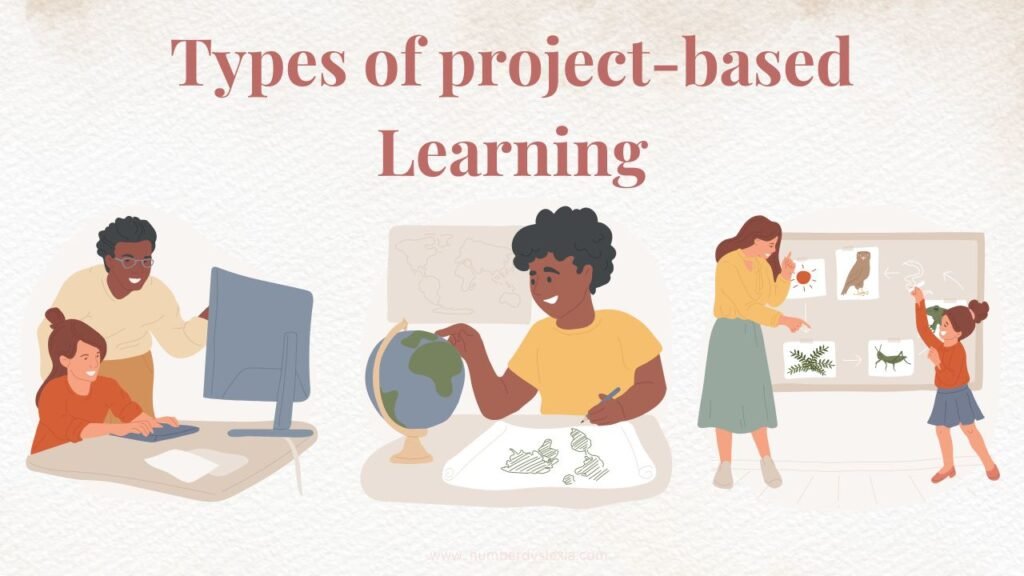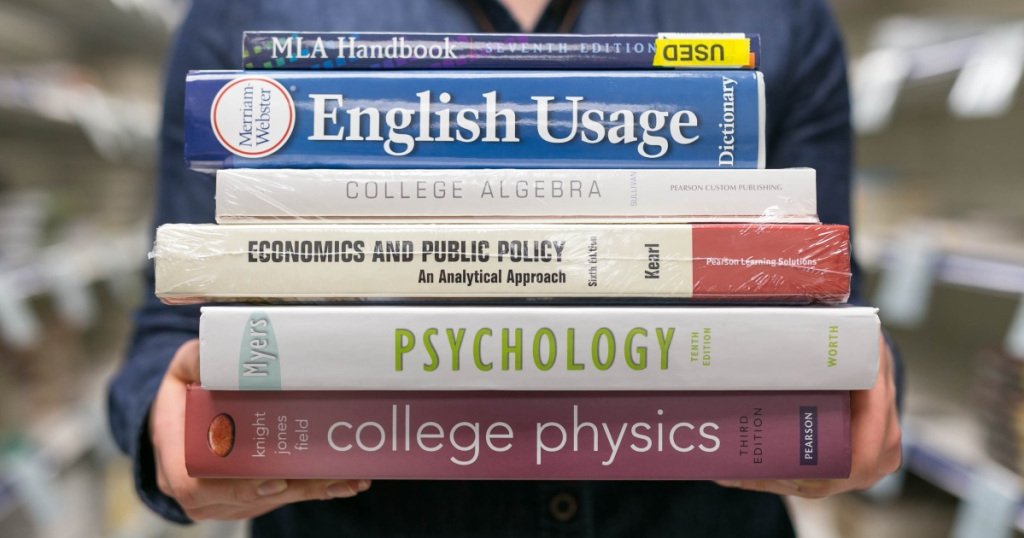Unveiling Project-Based Learning in the USA
Beyond the Textbooks: Unveiling Project-Based Learning in the USA
In a world increasingly driven by innovation and problem-solving, traditional textbook-centered education is facing a paradigm shift. Project-based learning (PBL) is emerging as a powerful approach that ignites student engagement and equips them with the skills they need to thrive in the 21st century. This blog delves into the philosophy behind PBL, explores its benefits for student success, and showcases inspiring examples across various subjects and grade levels.
The PBL Philosophy: Learning by Doing
Project-based learning (PBL) is an educational approach that centers on student-driven projects that delve into real-world challenges or complex questions. Students actively investigate, explore, and ultimately create solutions or presentations over an extended period. This method stands in stark contrast to rote memorization and passive learning. PBL emphasizes a dynamic classroom environment where students are not just recipients of information but active participants in the learning process.
The core philosophy behind PBL revolves around several key principles:
- Learning by Doing: Students learn best by grappling with real-world problems and applying knowledge in practical contexts.
- Student Ownership: PBL empowers students to take ownership of their learning by giving them choices in the project process, from research methods to presentation styles.
- Collaboration: Projects often involve teamwork, fostering essential communication, collaboration, and problem-solving skills needed to navigate the complexities of the real world.
- Authentic Learning: PBL connects academic content to real-world scenarios, making learning more relevant and meaningful for students.
- Critical Thinking: Projects encourage deeper analysis, research, and evaluation, honing critical thinking skills crucial for lifelong learning.

Benefits of Project-Based Learning
The benefits of PBL extend far beyond rote memorization of facts. Here’s how PBL fosters student engagement and skill development:
- Increased Engagement: PBL makes learning exciting and relevant. Students are more invested in projects that allow them to explore their interests and apply knowledge in a creative way.
- Deeper Understanding: By actively researching, applying concepts, and solving problems, students develop a deeper understanding of the subject matter.
- 21st Century Skills: PBL fosters the development of critical 21st-century skills, including critical thinking, problem-solving, collaboration, communication, information literacy, and creativity.
- Improved Communication: Projects often involve presentations and collaboration, strengthening students’ communication skills, both written and verbal.
- Self-Directed Learning: PBL encourages students to take charge of their learning, fostering valuable time management, research, and organization skills.
- Increased Motivation: The ownership and challenge associated with projects can significantly boost student motivation and intrinsic learning desire.
Unveiling Success: Project-Based Learning Across Subjects and Grade Levels
PBL’s versatility allowsUnveiling Success: Project-Based Learning Across Subjects and Grade Levelsit to be implemented across various subjects and grade levels. Let’s explore some successful examples:
- Elementary School:
- Science Project: A first-grade class could embark on a project to design and build a bird feeder, researching different bird species, materials, and design considerations. This project integrates science concepts, creativity, critical thinking, and collaboration.
- Math Project: A third-grade class could design and build a miniature amusement park, applying math concepts like measurement, area, and budgeting to create rides and attractions.
- Middle School:
- History Project: A sixth-grade class could research a specific historical event and create a living history museum exhibit, requiring research, writing, public speaking, and teamwork.
- Language Arts Project: An eighth-grade class could write, stage, and perform a play based on a classic novel, integrating language arts skills with drama and collaboration.
- High School:
- Engineering Project: A high school engineering class could design and build a model solar-powered car, applying engineering principles, research, and problem-solving to create a functional model.
- Social Studies Project: A high school social studies class could investigate a current social issue and propose solutions, fostering critical thinking, research, and persuasive communication skills.
These are just a few examples, and the possibilities for PBL projects are truly endless. The key lies in aligning the project with curriculum standards, student interests, and the desired skill development goals.
Beyond Projects: Embracing the PBL Mindset
While projects are central to PBL, the philosophy extends beyond them. Successful implementation requires a shift in the teacher’s role. Teachers become facilitators, guiding students, providing resources, and fostering a supportive learning environment.
Here are some key considerations for embracing the PBL mindset:
- Clear Learning Objectives: Define clear learning objectives for each project, ensuring students understand.

Beyond the Textbooks: Unveiling Project-Based Learning in the USA (Continued)
Assessment and Differentiation in PBL
Assessment in PBL requires a shift from traditional methods. Here are some effective strategies:
- Project Rubrics: Develop rubrics that clearly outline expectations for content knowledge, research skills, collaboration, communication, and presentation skills.
- Self-Assessment and Peer Review: Incorporate opportunities for self-reflection and peer review, encouraging students to assess their own learning and provide constructive feedback to their peers.
- Formative Assessment: Utilize ongoing formative assessments throughout the project to identify strengths and weaknesses, allowing for adjustments and targeted instruction.
PBL caters to diverse learners by allowing for differentiation in several ways:
- Choice and Voice: Provide students with choices in topics, research methods, and presentation styles to cater to individual interests and learning styles.
- Tiered Activities: Offer differentiated tasks within the project, allowing students to work at their own pace and challenge level.
- Multiple Intelligences: Design projects that incorporate various learning styles (visual, auditory, kinesthetic) to ensure all students can actively participate.
Challenges and Overcoming Them
While PBL offers numerous advantages, it’s not without its challenges. Here are some common hurdles and tips to overcome them:
- Teacher Training and Support: Effective PBL implementation requires well-trained teachers who understand the philosophy and can facilitate student-driven learning.
- Time Management: PBL projects can be time-consuming, both for teachers in planning and for students in completing them. Careful time management strategies and clear expectations are crucial.
- Assessment: Developing effective assessment strategies that go beyond traditional testing requires additional planning and effort.
- Classroom Management: A student-centered classroom environment requires strong classroom management skills to ensure a productive and respectful learning environment.
Collaboration is Key: Embracing a PBL Community
The success of PBL hinges on collaboration. Teachers can share best practices, resources, and project ideas through professional learning communities or online platforms. Students can collaborate across classrooms and schools, fostering a sense of community and shared learning. Parents can be engaged by providing project resources, feedback, and attending presentations.
Project-based learning offers a powerful and engaging approach to education. By moving beyond textbooks and embracing a student-centered learning environment, PBL equips students with the critical thinking, collaboration, and communication skills they need to thrive in the 21st century. As PBL continues to gain momentum and teachers become comfortable with its implementation, a brighter future for education awaits, where learning becomes a dynamic and empowering journey for all students.